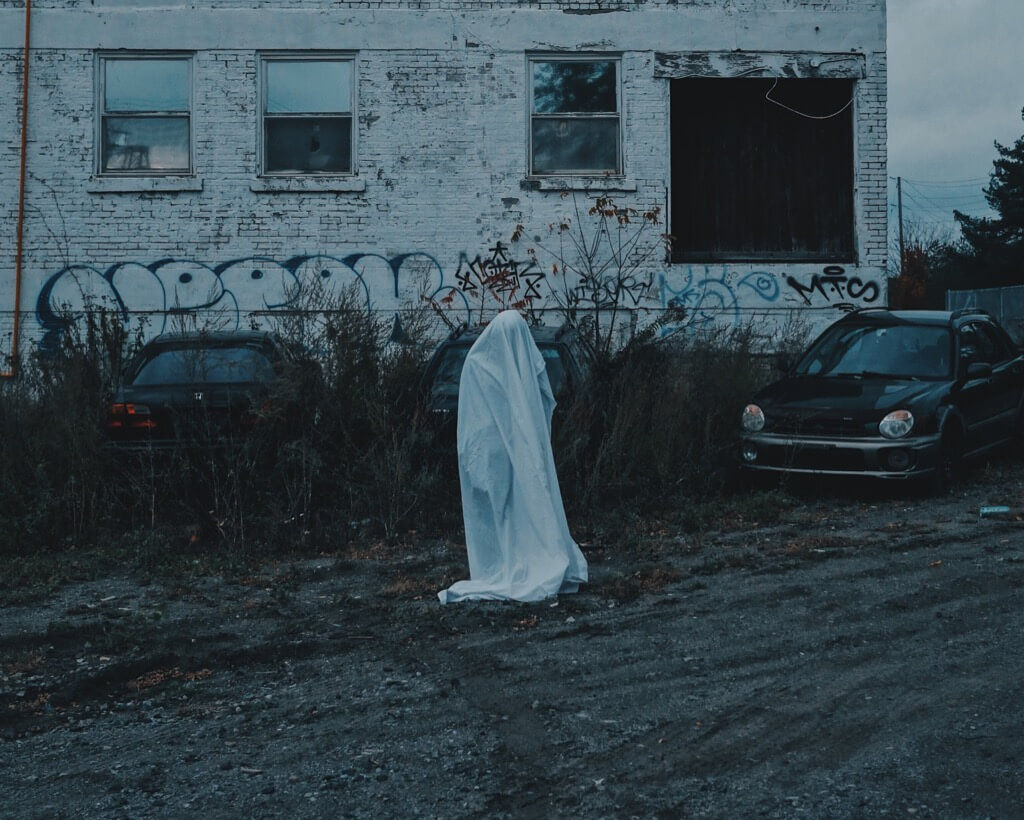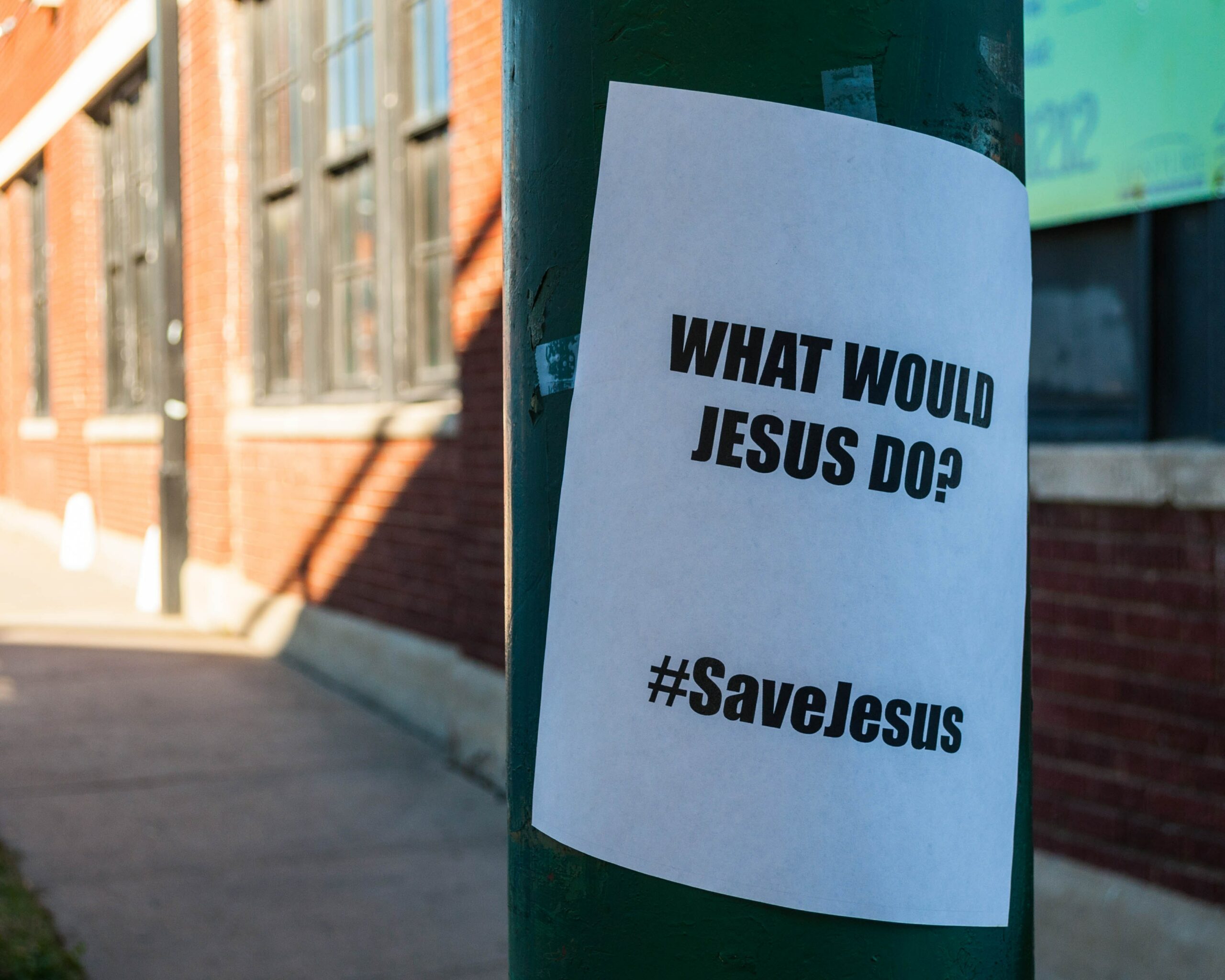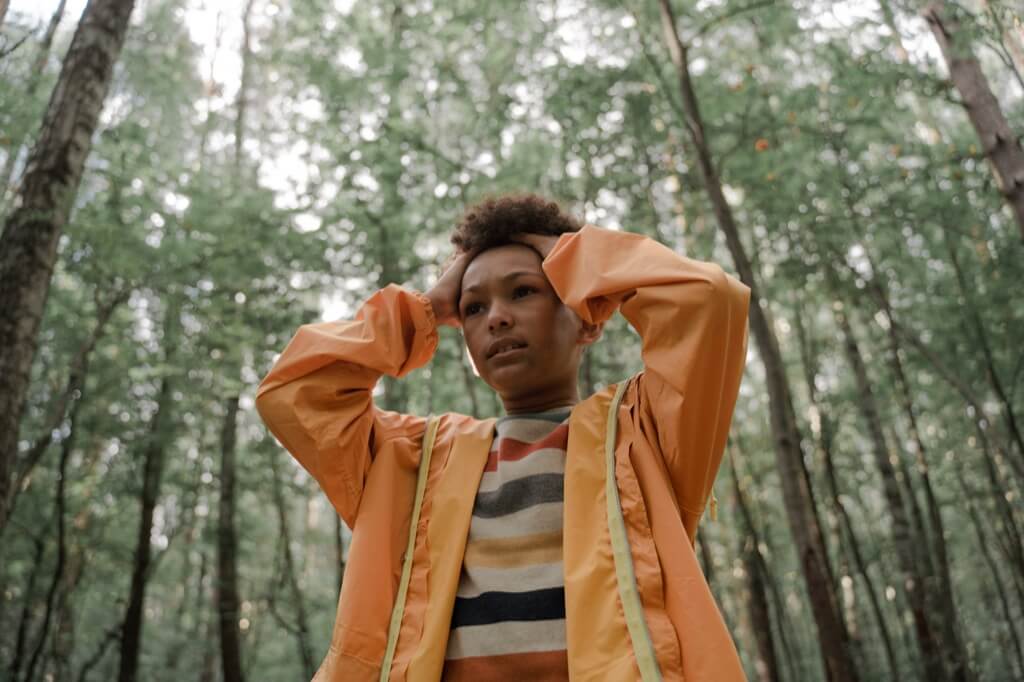The Esteemed Ophthalmologist’s Ghostly Encounter
In the bustling city of Washington, D.C., during the early 1900s, Dr. William Wilmer was a figure of repute, having treated notable personalities ranging from Presidents William McKinley to Franklin Roosevelt. Yet, his strangest legacy might be a ghost story he had published in The American Journal of Ophthalmology in 1921, told to him by a patient, “Mrs. H”.
Echoes in an Abandoned Home
Mrs. H’s tale began in 1912 when her family moved into a large, eerily silent, dilapidated house that stood uninhabited for a decade. Its ambiance, with only gaslights and a creaky old furnace, was almost palpable. Soon, she wrote, “The house felt very oppressive”. The heavy rugs silenced even the footfalls of their servants, but more chilling were the footsteps from unseen entities.
A Watchful Presence
As days turned into nights, an unsettling aura enveloped the house. Every family member, particularly the children, felt it. Their health deteriorated – a pallor, fatigue, malaise. Rooms felt watched. Mr. H, disturbed by the unseen, would frequently change his seating position, expecting a surprise from the unknown.
Mysterious Midnight Alerts
With December’s arrival, the unease intensified. Mrs. H, desperate for relief, took the children away for a short vacation. In their absence, Mr. H’s nights became a torment of strange disturbances – untraceable bells, phantom fire crews, and illusions of intruders.
Specters Appear
When the new year dawned, the real haunting began. Mrs. H saw apparitions: “A dark-haired woman in black would appear, only to vanish as I approached”. Their servant wasn’t spared either, waking up to find unknown figures gazing at her. The family’s little boy had a particularly horrifying encounter with a “big, fat man” specter, which left him traumatized.
Strangled in Sleep
But the spirits weren’t content with mere sightings. One post-opera night, Mr. H awoke, gasping for breath, feeling phantom hands around his neck. In this atmosphere of terror, even the houseplants succumbed.
A Revelation
However, this tale takes an unexpected turn when Brother H hints at a non-ghostly explanation. Recalling an old story, he speculated the family might be suffering from carbon monoxide poisoning. A doctor’s visit and a house inspection soon revealed the shocking truth – a malfunctioning furnace was releasing lethal amounts of the gas into their home.
A Breath of Fresh Air
Upon the doctor’s stern advice, the family vacated their home temporarily. With the furnace repaired, they returned to a home free from spectral disturbances.
A Cautionary Tale
The events of 1912 might seem distant, but the invisible enemy, carbon monoxide, remains a modern menace. It’s a silent, tasteless, and odorless killer. It’s crucial to be aware, for the first sign of its presence can be a sudden loss of consciousness. Affordable carbon monoxide detectors can be lifesavers.
A Modern Echo
Remarkably, similar tales resurface even today. In 2005, a young woman, after witnessing a ghost during her shower, collapsed. The culprit? A new gas water heater releasing deadly amounts of carbon monoxide.
The Science Behind Hallucinations
Many believe that supernatural sightings are often manifestations of the mind rather than the paranormal. There’s scientific evidence that high levels of carbon monoxide can induce hallucinations. Prolonged exposure to this gas can reduce oxygen in the bloodstream, affecting the brain and causing one to see or hear things that aren’t there. While some cases of hauntings can be attributed to high carbon monoxide levels, it begs the question: How many other ‘hauntings’ are a result of external, explainable factors?
Historical Cases of “Haunted Houses” Explained by Modern Science
Throughout history, many homes and castles have been labeled as ‘haunted’ due to inexplicable events. With modern science, we’ve been able to explain away some of these mysteries. For instance, the infamous Borley Rectory in England, once dubbed “The Most Haunted House in England,” has faced scrutiny with skeptics believing the ghostly activities could have been due to natural causes, much like the carbon monoxide poisoning in Mrs. H’s case. How many of our legends and haunted tales can be revisited and explained with today’s understanding?
Effects of Other Household Toxins on Perception
Carbon monoxide isn’t the only household toxin that can affect our senses. Prolonged mold exposure, for example, can lead to neurological issues and even hallucinations in extreme cases. Radon, another silent and odorless gas like carbon monoxide, can also pose significant health risks if left undetected.
While these toxins might not produce ghostly apparitions, they can certainly alter one’s state of mind and health. It becomes essential to question how many old tales of hauntings and supernatural occurrences might be attributed to the presence of such overlooked dangers.
The Psychological Impact of “Haunted Houses”
The mere idea of living in a haunted house can have profound psychological effects on residents. Anticipation, anxiety, and fear can make one more susceptible to seeing or hearing things, especially in an older, creaky house. When our brain is on high alert, it can often misinterpret mundane sounds and sights as supernatural. Could the overwhelming belief in the paranormal in some societies be a reason for the higher reported occurrences of hauntings?
Modern Ghost Hunting: Gadgets and Their Validity
The rise of paranormal shows has popularized ghost-hunting gadgets, from electromagnetic field (EMF) detectors to infrared cameras. However, skeptics often argue about the scientific validity of these devices. An EMF spike, for instance, could be caused by faulty wiring rather than a ghostly presence.
Infrared cameras can pick up any warm object, including small animals or even reflections. As technology advances, the line between detecting genuine paranormal activity and debunking it with science grows thinner. How reliable are these tools, and are they inadvertently fueling myths?
What To Do If Your Dealing With A Haunted House
Checking Your Environment First
Before you jump to conclusions about your house being haunted, consider the environment around you. Sometimes, sounds or sensations you’re experiencing can be due to tangible, physical causes. For instance, a leaky pipe can create moaning sounds or an old wooden floor can creak. Check for any faulty house structures that could be causing the mysterious noises.
Understanding the Power of Perception
Remember that our brains are wired to find patterns and explanations, even when there might not be any. If you’re told a place is haunted, your brain will be on high alert, potentially misinterpreting mundane occurrences as supernatural. Consider the psychological impacts of your environment. Is the idea of your house being haunted influencing your perceptions?
Test the Air Quality
One of the first things you should do if you suspect your house has some paranormal activity is to test the air quality. As seen in the case of Mrs. H, high levels of carbon monoxide can cause hallucinations. Purchase a carbon monoxide detector and ensure that all gas appliances are correctly vented. Also, consider checking for mold, which can have neurological effects.
Documenting the Occurrences
Keep a log of all strange events. Note down the date, time, location in the house, and the nature of the occurrence. This will not only provide a record but will also help in finding patterns. For instance, if a mysterious sound always happens at a particular time, it could be related to something mechanical or environmental, like a heating system turning on.
Consulting the Professionals
If you’re truly concerned, consider consulting professionals. This doesn’t necessarily mean paranormal investigators. Instead, think about hiring a home inspector to check for structural issues or an electrician to review the wiring. These experts might find practical explanations for what you’re experiencing.
Speak with Previous Residents or Neighbors
Gathering historical context can provide clarity. Speak with previous residents or neighbors to see if they’ve experienced anything similar. They might provide insights or explanations that you haven’t considered. Remember, collective experiences might have a more grounded explanation than you think.
Stay Rational and Seek Support
It’s easy to let fear and anxiety cloud your judgment. If you genuinely believe there’s something wrong, talk to someone about it – whether it’s family, friends, or even a counselor. They might offer a fresh perspective or provide emotional support to navigate the situation. Always prioritize your mental and emotional well-being.




